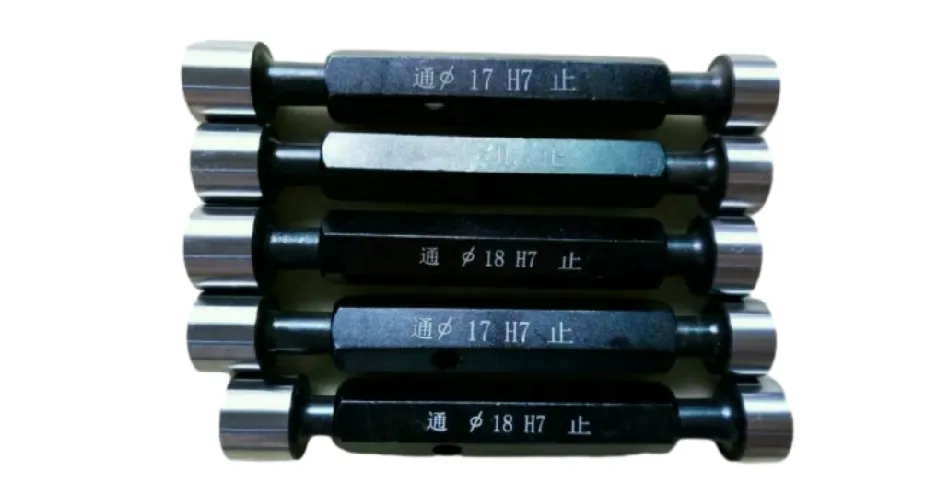Dez . 17, 2024 01:50 Back to list
different types of butterfly valves
Different Types of Butterfly Valves An Overview
Butterfly valves are widely used in industrial applications due to their simple design, compact size, and efficiency in regulating flow. They consist of a rotating disc that opens or closes to control the flow of fluid. Understanding the different types of butterfly valves is essential for selecting the right valve for specific applications. Here, we will explore various types of butterfly valves, their designs, uses, and advantages.
1. Lug Butterfly Valve
Lug butterfly valves are designed with threaded lugs on the valve body, allowing them to be easily bolted between two flanges. They are often used in water distribution systems and for processes that require isolation. The lug design provides a simple way to install the valve without requiring additional support. These valves can be operated manually or with an actuator, making them versatile for various applications.
2. Wafer Butterfly Valve
Wafer butterfly valves are typically installed between two flanges and do not have lugs. Their compact design makes them suitable for tight spaces and lightweight applications. The wafer style is ideal for low-pressure systems and provides good sealing characteristics. Commonly utilized in chemical processing and HVAC systems, these valves are cost-effective and easy to maintain.
3. Double Flanged Butterfly Valve
Double flanged butterfly valves feature flanges on both sides of the valve body, providing a robust connection to pipeline systems. This design is often used in high-pressure applications, such as in water supply and wastewater treatment plants. The double flanged design allows for installation in various pipe diameters and ensures a secure seal, preventing leaks and enhancing reliability.
4. Triple Offset Butterfly Valve
different types of butterfly valves

Triple offset butterfly valves are known for their unique design, which includes three offsets that improve sealing and reduce wear. The first offset is the shaft, the second is the seat, and the third is the disc's angle. This design allows for a tight seal when the valve is closed, making it suitable for high-pressure, high-temperature applications. Triple offset butterfly valves are commonly used in the oil and gas industry, as well as in power generation systems.
5. Butterfly Valve with Actuation
Butterfly valves can be equipped with various actuation methods, including manual, pneumatic, electric, and hydraulic actuators. The choice of actuation depends on the specific application requirements. For example, electric actuators are suitable for remote operations, while pneumatic actuators are preferred for high-speed operations. The integration of actuators enhances the valve's functionality, allowing for precise flow control and automation in process systems.
6. Resilient Seated Butterfly Valve
Resilient seated butterfly valves are designed with a soft, elastic seat that provides excellent sealing properties. This type of butterfly valve is often used in water distribution and wastewater applications where a tight seal is critical. The resilient seat can accommodate minor misalignments in the pipeline, making installation easier and more forgiving. These valves are durable and resistant to wear, providing long service life in various operating conditions.
7. Metal-Seated Butterfly Valve
Metal-seated butterfly valves are used in high-temperature and high-pressure applications, where a resilient seat may not withstand the harsh conditions. These valves feature metal seats that offer increased durability and resistance to abrasion. They are often found in mining, chemical processing, and power generation industries. The ability to handle extreme conditions makes them a preferred choice for demanding applications.
Conclusion
Understanding the different types of butterfly valves is essential for selecting the appropriate valve for a given application. Each type offers specific advantages, such as ease of installation, sealing capabilities, and suitability for various pressure and temperature ranges. By carefully considering the requirements of the system and the operating conditions, engineers and maintenance professionals can ensure optimal performance and longevity of butterfly valves in their processes. Whether for water treatment, industrial manufacturing, or energy production, choosing the right butterfly valve is vital to achieving efficient and reliable operations.
-
Why Metric Trapezoidal Thread is Ideal for Precision Motion ControlNewsAug.05,2025
-
The Unique Properties of a Block of Granite for Industrial UseNewsAug.05,2025
-
The Role of Flanged Y Strainers in Preventing Pipeline ClogsNewsAug.05,2025
-
The Importance of Regular Calibration for Master Ring GagesNewsAug.05,2025
-
How a Cast Iron Surface Table Enhances Accuracy in ManufacturingNewsAug.05,2025
-
Comparing Different Check Valve Types for Optimal Flow ControlNewsAug.05,2025
Related PRODUCTS









